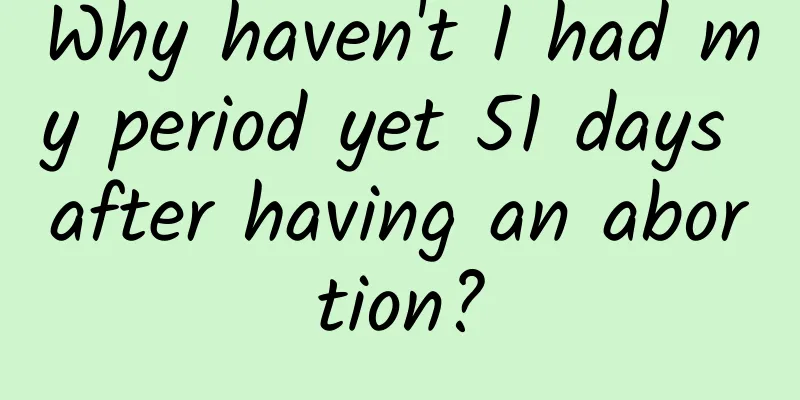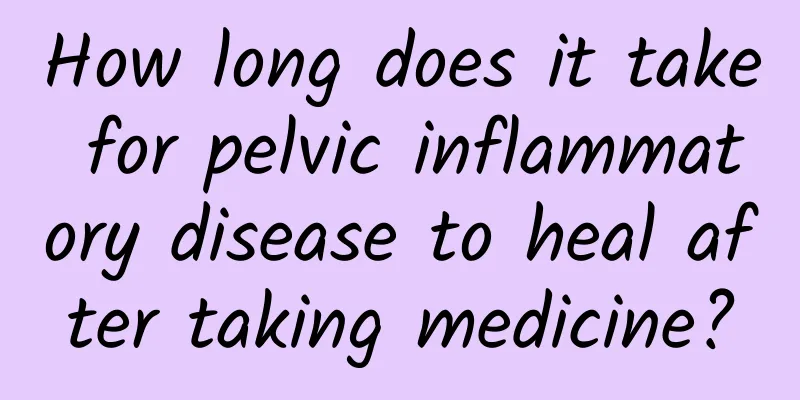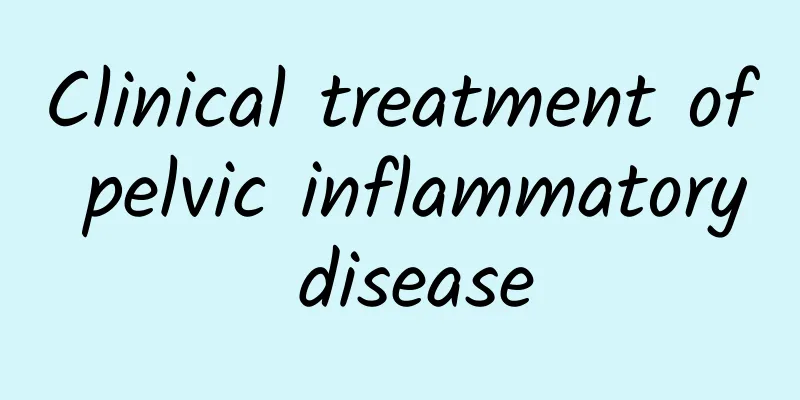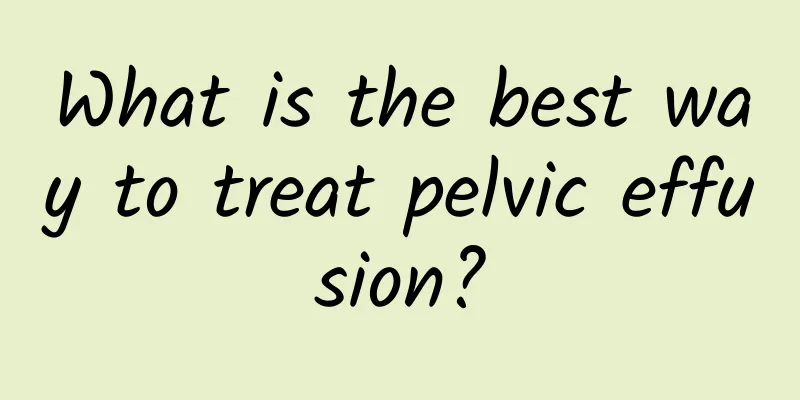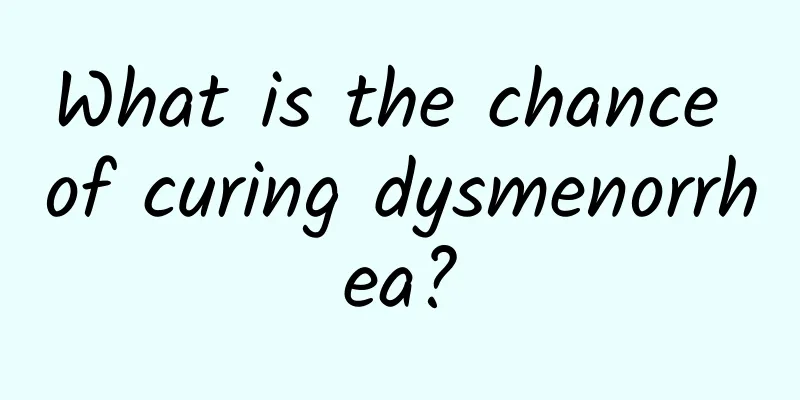TCM Syndrome Differentiation and Treatment of Uterine Fibroids
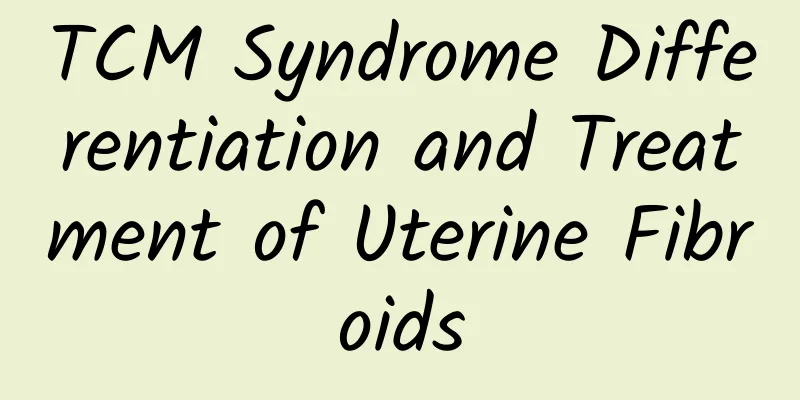
|
Uterine fibroids, also known as uterine leiomyoma, are the most common benign tumors in women. Treatment should be based on the patient's age, fertility requirements, symptoms, location and size of the fibroids. If the indications for drug treatment are met, Chinese medicine can be used for treatment. Uterine fibroids can be classified as "stones", "uterine bleeding" and "symptoms" in traditional Chinese medicine. The main cause of the disease is the imbalance of internal organs, imbalance of qi and blood, phlegm, depression, stasis and other accumulation in the uterus. Activating blood circulation and removing blood stasis, softening and dispersing nodules are the treatment methods for this disease. In the treatment process, syndrome differentiation should be combined with disease differentiation. According to the patient's constitution and course of disease, tonic medicine should be selected as appropriate, or tonic medicine should be used first and then tonic medicine, or tonic medicine should be used after tonic medicine. Do not use aggressive or violent drugs to avoid damaging the vital energy. At the same time, when using drugs, pay attention to the difference between menstruation and non-menstruation, and treat both the symptoms and the root causes. According to the patient's symptoms, signs, tongue, pulse, etc., it can be divided into many syndromes. Among them, the treatment of qi stagnation and blood stasis syndrome should promote qi and blood circulation, dissipate blood stasis and eliminate symptoms; when treating cold and dampness stagnation syndrome, it is necessary to warm the meridians and dissipate cold, promote blood circulation and eliminate symptoms; the treatment of phlegm dampness and blood stasis syndrome should be to dissipate phlegm and blood stasis, promote blood circulation and eliminate symptoms; the treatment of kidney deficiency and blood stasis syndrome should be to tonify the kidney and promote blood circulation, eliminate symptoms and disperse knots; the treatment of qi deficiency and blood stasis syndrome should be to invigorate qi and nourish blood, eliminate symptoms and disperse knots; the treatment of damp-heat stasis syndrome should be to clear away heat and dampness, promote blood circulation and eliminate symptoms. |
<<: How many days does it take to recover after uterine fibroid surgery?
>>: How to know if you have adnexitis
Recommend
Do sugar-free drinks help you lose weight? Artificial sweeteners may make you crave more
Many zero-calorie or low-calorie diet drinks are ...
3 new favorites for burning fat and promoting metabolism! Are you taking amino acids, CLA, and L-carnitine correctly?
In addition to eating less and exercising more, w...
How to cure congenital absence of vagina
Congenital absence of vagina is a congenital malf...
How long after abortion will menstruation become normal?
How long after abortion will menstruation become ...
Does adenomyosis cause back pain in patients?
Can adenomyosis cause low back pain? 1. Simply pu...
What are the symptoms of uterine fibroids? What causes uterine fibroids?
What are the symptoms of uterine fibroids? What c...
Is it bad for the fetus if you have cervicitis and get pregnant?
Is it bad for the fetus if you get pregnant with ...
Massaging this area can actually improve depression and anxiety! 2 Yoga training helps you get rid of bad mood
Life is stressful and full of trivial matters. Ar...
How to care for uterine fibroids after surgery? What are the care methods for uterine fibroids?
How to care and recuperate after uterine fibroid ...
Dietary requirements after menopause
During menopause, you need to pay attention to so...
TCM treatment of threatened abortion
From the perspective of traditional Chinese medic...
What should I do if my vaginal discharge is like tofu dregs and contains blood? Check first and then treat
If a woman's vaginal discharge is like tofu d...
Eating mushrooms in your cooking can help you lose weight! 4 recipes revealed
Mushrooms are a type of food that is beneficial t...
How to prevent cervical erosion in women? Three points to note when preventing cervical erosion
Gynecological diseases are common to women. There...
Why do some women experience excessive menstrual bleeding?
What are the causes of excessive menstruation? Ex...
